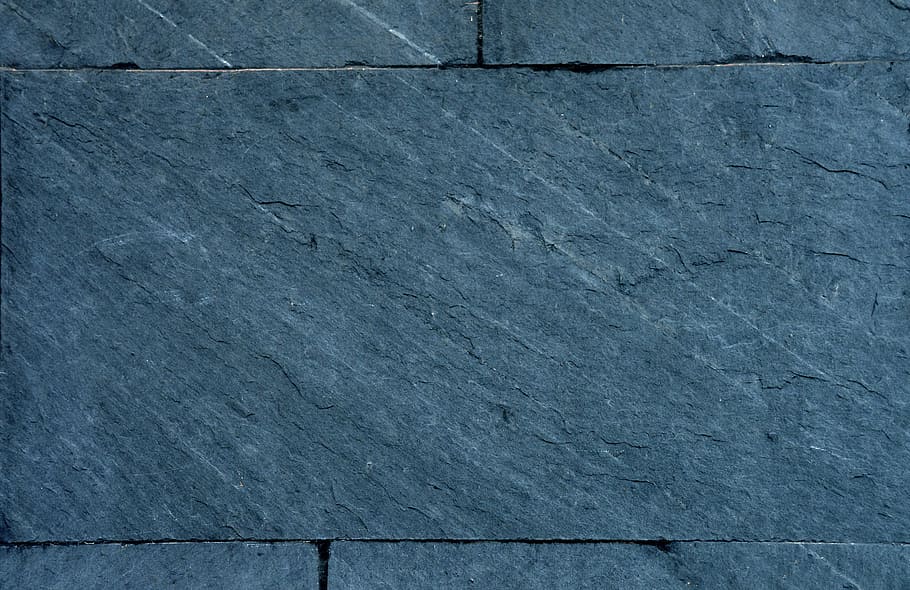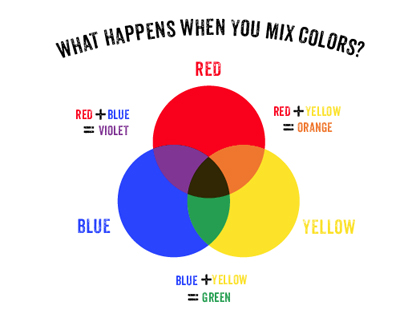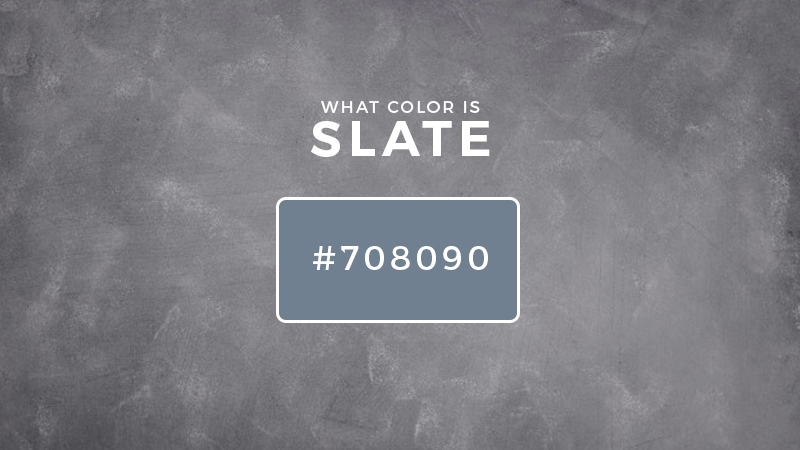What Color Is Slate? About Color Slate
Are you curious about what color is slate? Stick around as we share the answer in this article.
Colors are often named after things they closely resemble. Sometimes, they also bear the name of their source or origin.
Take the hues lavender and Burnt Sienna, for example. Lavender is the namesake of the flower carrying that particular tint, while Burnt Sienna is a rust-like color that originated from the quarries of Sienna, Italy.
The same thing happened with slate. Whether you are referring to the rock or the hue, you might be wondering what exactly this color is.
In this article, we will discuss the origin of this color as well as its classification in the color wheel, meaning, and application.
Ready to know more about slate? Read on…
Where Does Slate Come From?
Before we talk about color, it is important to know what exactly slate is in terms of geology. Slate is a foliated metamorphic rock with fine grains.
As a metamorphic rock, it is easy to understand that it has been modified in one way or another through different means such as heat, chemical processes, and pressure.
Slate has undergone low-grade metamorphism involving pressure and minor heat applied to layers of shale or mudstone.
This rock comes in various colors depending on the kind of organic material and iron it contains. It is most commonly found in all kinds of gray, from lighter to darker shades.
However, some slate bears hints of green, red, black, purple, and brown based on mineral composition. Some minerals that can influence the color of slate include quartz, feldspar, calcite, pyrite, and hematite.
With this, it is clear what colors these rocks bear. As far as creating these hues, it is important to look at how they are formed and the best way to discuss this is by talking about primary, secondary, and tertiary colors. Keep reading…
Primary, Secondary, and Tertiary Colors
Every kid remembers learning about the color wheel which is composed of primaries, secondaries, and tertiaries. As children, we were taught that there are three basic colors, namely red, blue, and yellow, or primary hues.
When you combine two primaries, you get secondary hues which are green, orange, and purple.
Now, let’s talk about tertiary colors. Popularly, tertiaries are seen as the mixture of one primary and one secondary pigment. However, some color theorists say that the term tertiary actually refers to the blend of two secondary hues.
Meanwhile, the merging of one primary and one secondary is actually called intermediary or intermediate colors. Another group is the quaternary colors, which are formed by mixing two tertiary hues.
How does this relate to the color of slate, you ask? Here’s how…
What Color is Slate?
When someone refers to slate as a color, they are probably talking about a gray hue with bluish hints. This is the most common type of slate rock and is the color most closely associated with the rock.
Above, we discussed the different color groups that make up the color wheel. This includes primaries, secondaries, intermediaries, tertiaries, and quaternary.
The reason we discussed these groups is that the slate belongs to one of them. Just think about the way you can produce slate by mixing colors from these groups.
Slate is actually created by mixing green and purple, making it a tertiary hue. So, the reason why this gray color has a bluish characteristic is that it is composed of two secondary hues that both contain blue.
Remember, green is blue and yellow combined while purple is a blend of red and blue.
With a neutral property, slate gray can be easy to use. Before doing so, however, it is important to know what it means.
Slate Color Meaning

When talking about the color psychology of slate gray, it is important to look back at the ideas closely associated with gray. One expression that demonstrates this is the phrase “gray area” or a “gray character.”
This usually refers to a topic or character that cannot be described or tackled through a “black and white” perspective.
This means that the matter is complex, ambiguous (especially in terms of morality), and even impartial as it does not sway to one side alone.
Slate is a type of gray that has hints of other colors. Going by the logic of gray being an area between black and white, the tinge of other hues (blue, red, green, purple, brown) can mean that it offers a different perspective, instead of only black and white. This can be interpreted as the color providing more possibilities for tackling a matter.
Conclusion
As a color, slate offers many possibilities because of its neutral characteristics with subtle hints of blue. This makes it easy to pair with other colors in terms of fashion and interior design.
So, do not hesitate to use this color when exploring combinations not only for fashion and design but also in art and other color-focused activities.
I hope you enjoyed our article about the color slate.
Read Latest Posts

Hi, I'm Anthony Tran! Welcome to my site. I live in Arizona and am obsessed with all things related to building an Online Business and working from home. Learn about my journey here.
Follow Online





